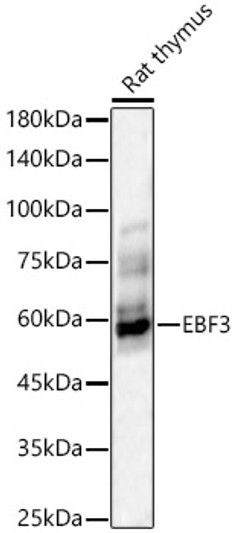| Tissue Specificity | Highly expressed in peripheral blood mononuclear cells, spleen, placenta, small intestine, colon and thymus. Lower expression in ovary, heart, brain, lung, liver, skeletal muscle, kidney, pancreas, prostate and testis. |
| Function | Plays a role in the reorganization of the actin cytoskeleton. Contributes with NCK1 and GRB2 in the recruitment and activation of WASL. May participate in regulating the subcellular localization of WASL, resulting in the disassembly of stress fibers in favor of filopodia formation. Plays a role in the formation of cell ruffles. Plays an important role in the intracellular motility of vaccinia virus by functioning as an adapter for recruiting WASL to vaccinia virus. |
| Protein Name | Was/Wasl-Interacting Protein Family Member 1Protein Prpl-2Wiskott-Aldrich Syndrome Protein-Interacting ProteinWasp-Interacting Protein |
| Database Links | Reactome: R-HSA-2029482Reactome: R-HSA-5663213Reactome: R-HSA-9013148Reactome: R-HSA-9013149Reactome: R-HSA-9664422 |
| Cellular Localisation | Cytoplasmic VesicleCytoplasmCytoskeletonCell ProjectionRuffleVesicle Surfaces And Along Actin TailsColocalizes With Actin Stress FibersWhen Coexpressed With WaslNo Longer Associated With Actin Filaments But Accumulated In Perinuclear And Cortical Areas Like Wasl |
| Alternative Antibody Names | Anti-Was/Wasl-Interacting Protein Family Member 1 antibodyAnti-Protein Prpl-2 antibodyAnti-Wiskott-Aldrich Syndrome Protein-Interacting Protein antibodyAnti-Wasp-Interacting Protein antibodyAnti-WIPF1 antibodyAnti-WASPIP antibodyAnti-WIP antibody |
Information sourced from Uniprot.org












